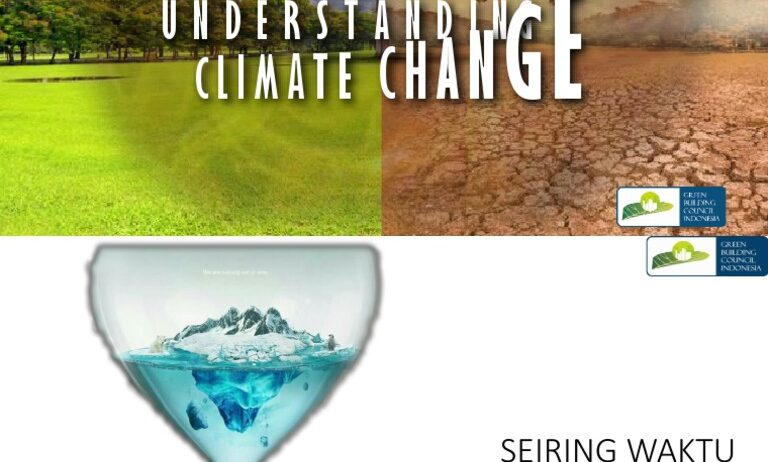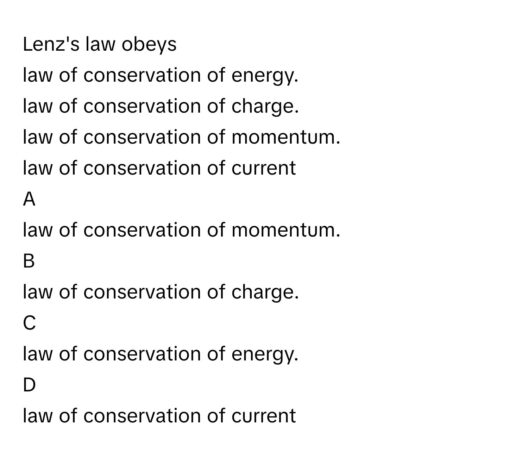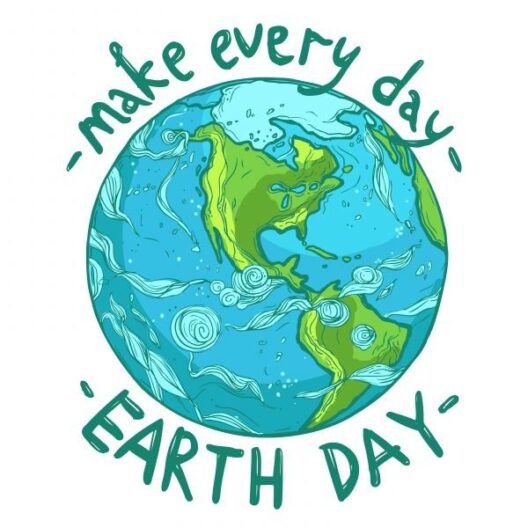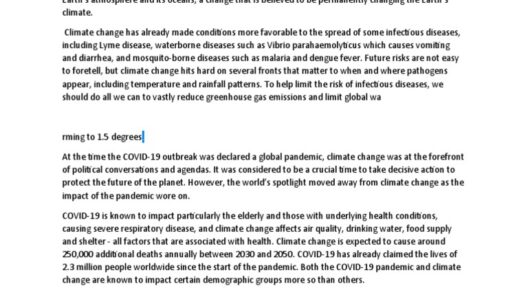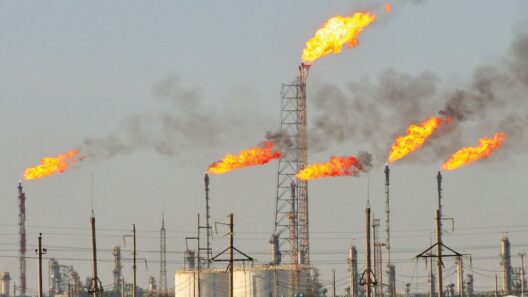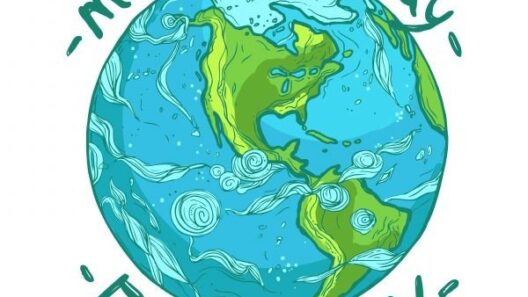Hawaii, a stunning archipelago in the deep blue Pacific Ocean, is often seen as a paradise brimming with natural beauty, vibrant culture, and abundant wildlife. However, beneath this idyllic veneer lies an urgent story about climate change that directly impacts both the island’s charm and the future of its inhabitants. Just as a coral reef teeters on the brink of survival due to warming waters, so too does the existence of this paradise rest on the precarious balance of environmental stewardship.
Imagine Hawaii as a delicate flower nestled on a lush tropical cliff. Each petal represents a unique aspect of this enchanting environment—its spectacular volcanoes, pristine beaches, and rich biodiversity. However, the relentless winds of climate change threaten to pluck these petals, leaving the flower vulnerable and diminished. Thus, understanding climate change in Hawaii is not just an academic exercise; it is a call to action, a necessary journey through the layered ecosystem of both nature and humanity.
At the heart of Hawaii’s climate conundrum is its geographic isolation. The islands are like jewels scattered across the vast ocean, surrounded by an ecosystem teeming with life and beauty. Yet, this isolation also renders them particularly susceptible to climate fluctuations. When the earth’s climate shifts, Hawaii feels the reverberations more acutely than many mainland areas. Through rising sea levels, increased hurricane activity, and changes in rainfall patterns, the effects of global warming are readily apparent.
One of the most visible manifestations of climate change in Hawaii is the rising sea levels. Picture the encroaching waves as giant hands reaching for the land, determined to reshape the coastline. Coastal erosion is now more profound, threatening homes, roads, and sacred cultural sites. For the people of Hawaii, who have historically honored their connection to the land, the loss of these spaces can feel like losing a piece of their very identity.
The ocean, often referred to as Hawaii’s best friend, is simultaneously its greatest adversary in the battle against climate change. The warming waters not only lead to rising sea levels, but they also severely impact marine ecosystems. Coral reefs, the vibrant underwater cities that provide sanctuary for countless species, are suffering from coral bleaching. This phenomenon occurs when the symbiotic algae that corals depend on to thrive are expelled due to stress from rising temperatures, rendering the reefs stark and lifeless. The vibrant colors of coral reefs are like the passion of the Hawaiian culture—when the reefs fade, so too does a critical piece of the islands’ essence.
Moreover, changing weather patterns disrupt the delicate balance of Hawaii’s ecosystems. As rainfall becomes more sporadic and severe, the islands face both droughts and intense storms. Imagine a pendulum swinging wildly—one moment drought parches the land, the next, torrential rains flood it. Such fluctuations can lead to challenges in agriculture, water supply, and overall food security. The oh-so-delicious fruits and vegetables that flourish in Hawaii’s fertile soil may become harder to grow if climate trends continue.
Wildfire risk is another shadow looming over Hawaii. The lush landscapes that glimmer with shades of green can also turn into tinder during dry spells. As invasive species take root and flourish in warmer climates, they contribute to an increased likelihood of wildfires. The beautiful vistas of green can quickly turn to smoke and ash, a stark reminder of the delicate balance between nature and human intervention.
Yet, amid these challenges, Hawaii’s people are resilient. They embody a spirit of aloha, which extends beyond mere greetings and hospitality to encompass a profound respect for nature and community. Educational programs across the islands are empowering children with knowledge about sustainability. Schools are increasingly incorporating lessons on climate literacy into their curriculums, fostering a new generation of environmental stewards. The children of Hawaii are not merely bystanders in this narrative—they are budding activists capable of sowing seeds of change.
Engagement in local conservation efforts has been met with enthusiasm driven by youth. From beach clean-ups to native tree-planting projects, the children are making tangible differences, participating in the reclamation of their land. They see themselves not as mere inhabitants, but as caretakers of their enchanting environment. Through art, music, and storytelling, they convey the urgency of climate change, shining a spotlight on this crucial issue.
Community initiatives are blossoming like the fragrant ti plant, which symbolizes good fortune and prosperity in Hawaiian culture. Local organizations are working diligently to foster resilience against climate change by advocating for sustainable practices and renewable energy sources. Solar panels gleaming under the sun are emblematic of Hawaii’s commitment to harnessing its natural resources responsibly. As the sun sets over the islands, it illuminates the path towards a more sustainable future.
In conclusion, understanding climate change in paradise is critical. Hawaii is not simply a postcard-perfect destination; it is a living, breathing ecosystem at risk. The beauty of its landscapes and the richness of its culture are inextricably linked to the health of its environment. As the guardians of this treasure, children of Hawaii are learning that they have the power to impact the future—one mindful decision at a time. With determination, they strive to ensure that their beloved islands will not only survive but thrive, continuing to be a beacon of hope in a world grappling with climate challenges.



